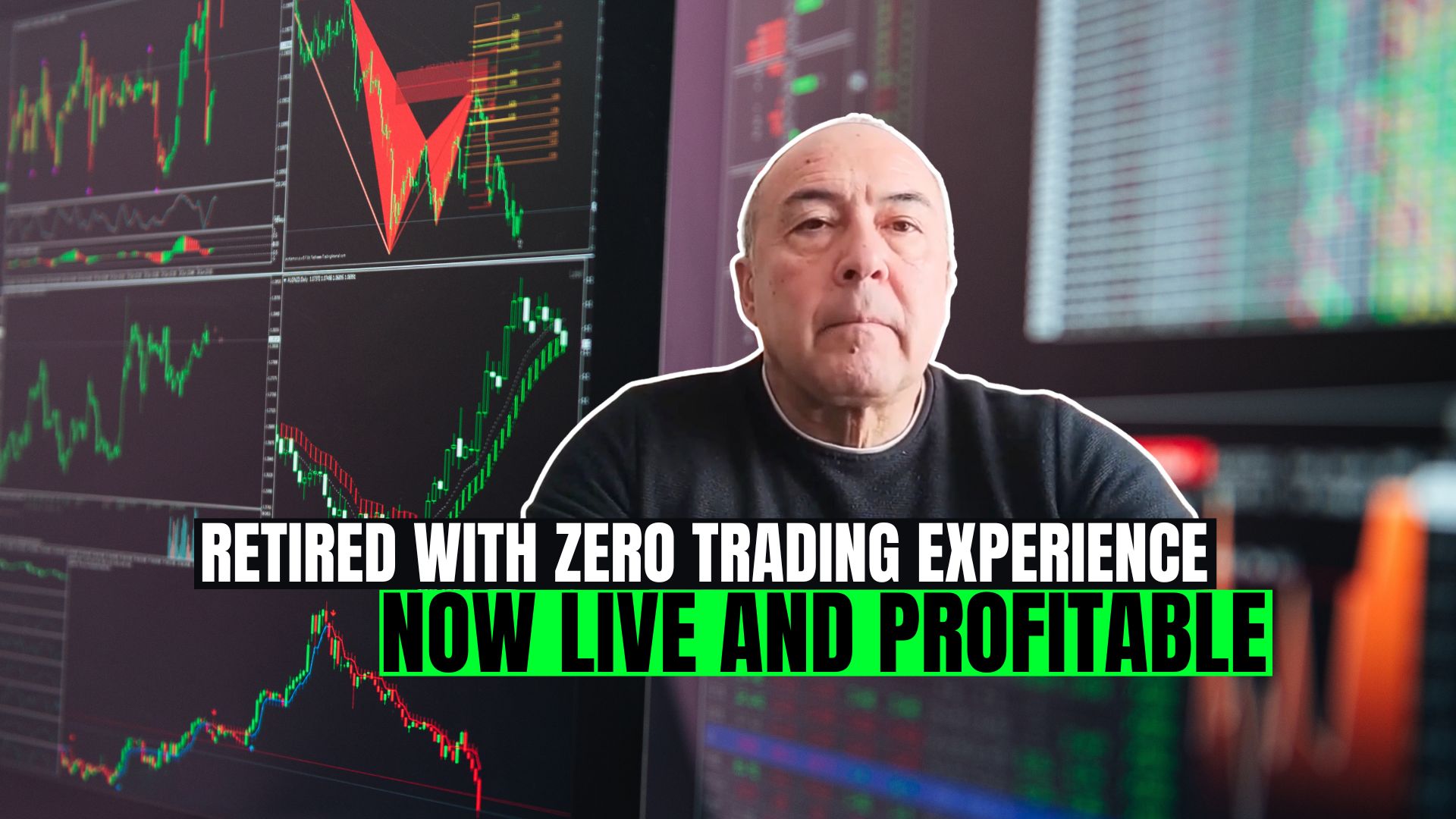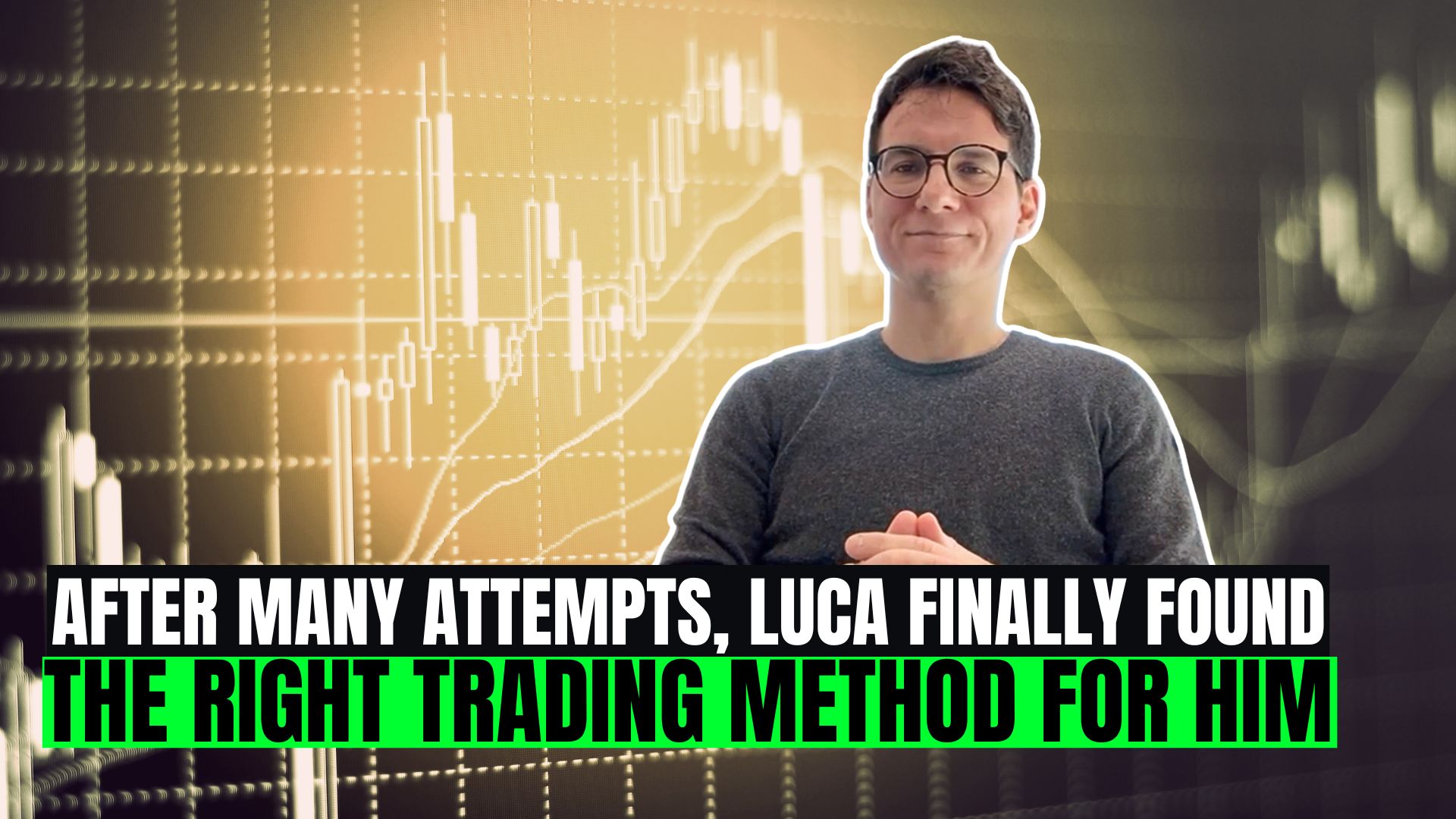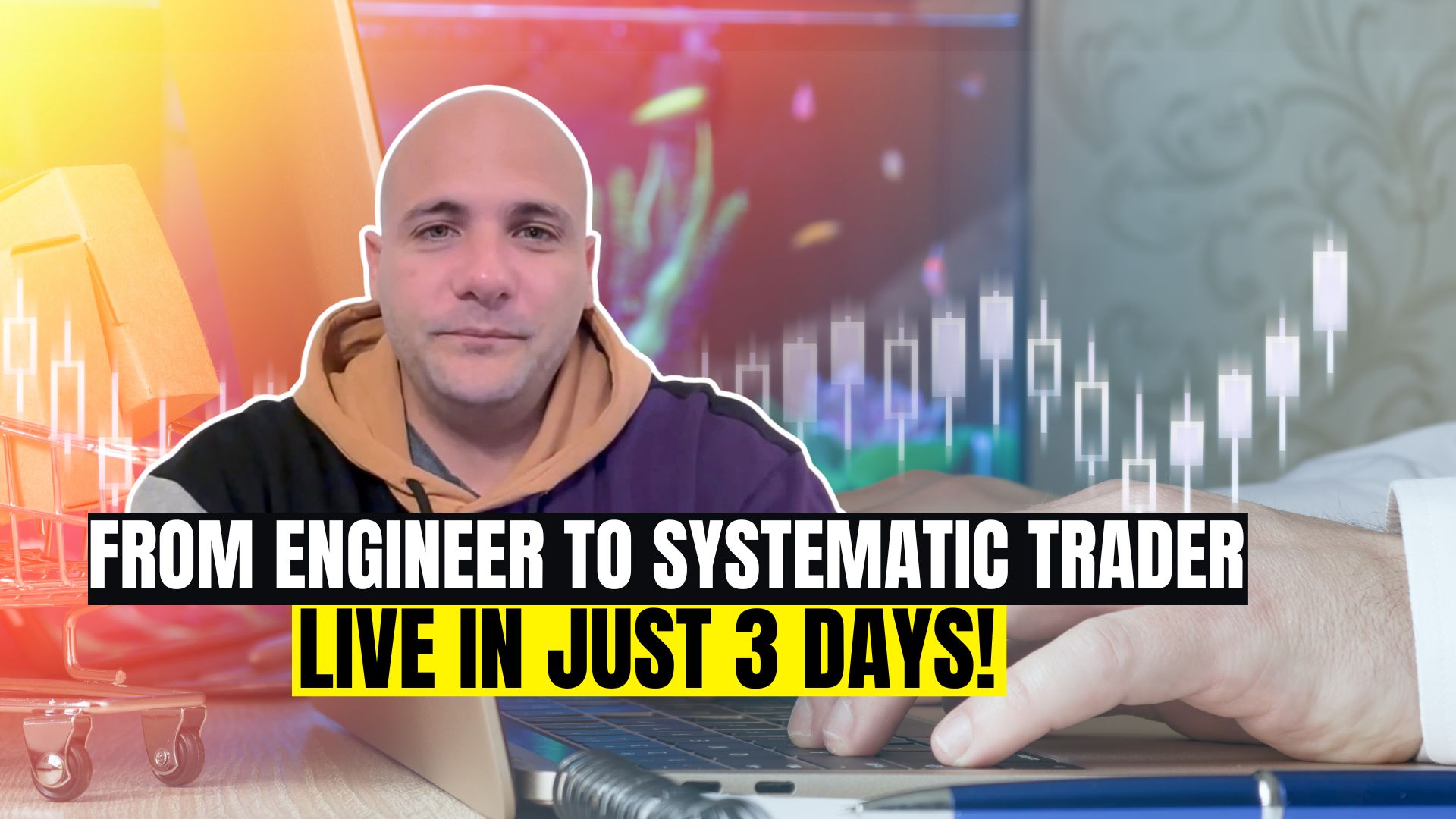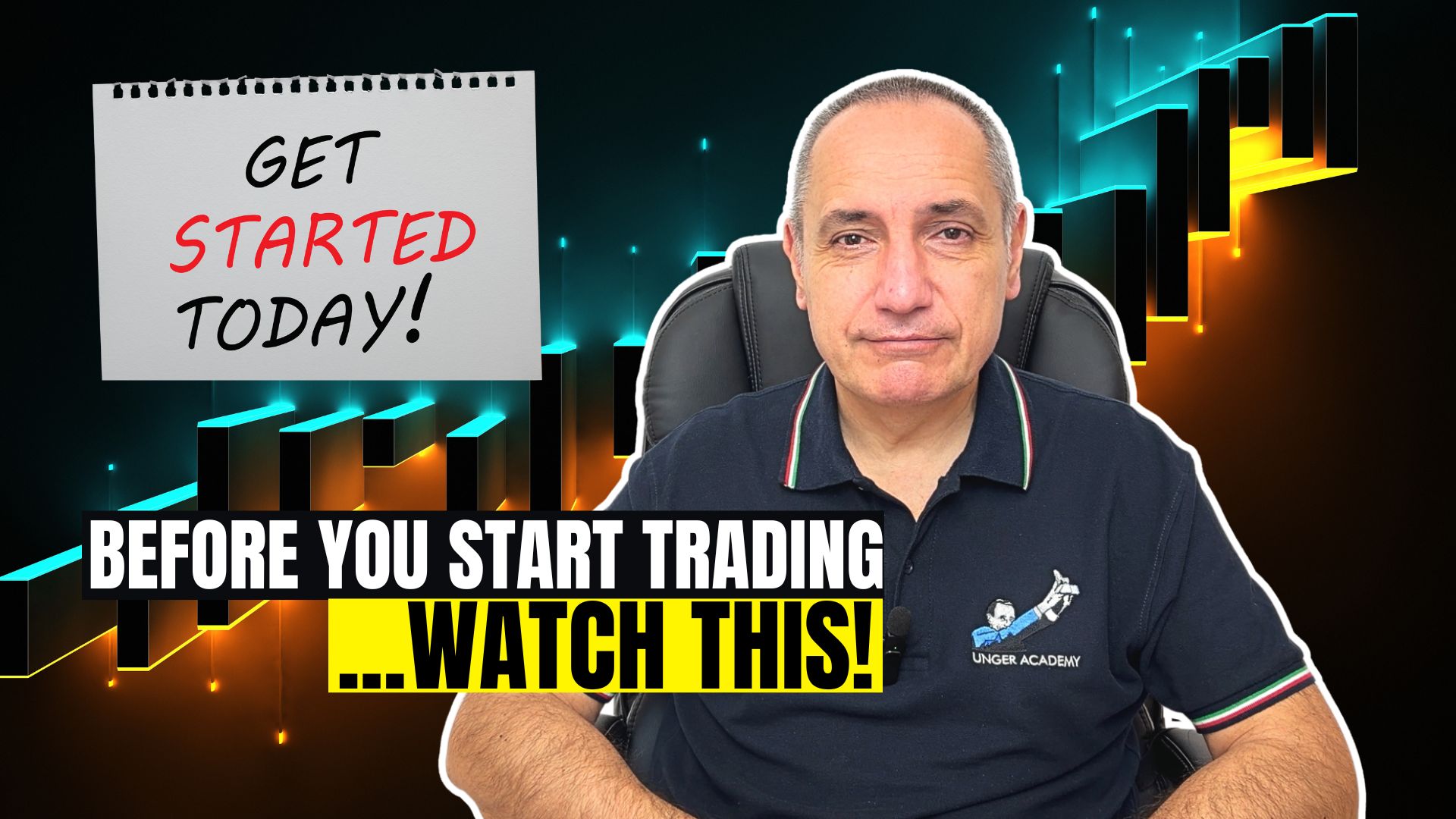Introduction to the Oops pattern
Hi everyone, and welcome to this new video. Today, we’re going to be talking about a well-known pattern—or better yet, a setup—called the “Oops” by Larry Williams.
For those who may not know him, Larry Williams is one of the greatest living American traders, and many of the most brilliant insights into market behavior are credited to him. The Oops setup is one of those.
How the pattern works and what it means
The name itself—“Oops!”—perfectly captures the essence of this setup.
Essentially, we’re dealing with a reversal pattern. “Oops!” could be the typical reaction of a trader who sees the market open with a gap in the direction of the prevailing trend, only to witness an unexpected and sudden price reversal moving in the opposite direction.
Causes of price gaps and how to interpret them
Why do markets open with gaps? It usually happens due to financial or macroeconomic news, but also because of events unrelated to the markets—think of the outbreak of a war or a major geopolitical event.
Historical context and the role of market closing times
These factors can cause prices to leap at the open, but more often than not, such gaps end up being false signals rather than a continuation of the trend. That’s exactly why this setup should be interpreted as a reversal opportunity.
This is what Larry Williams observed when he identified the Oops pattern, and we’ll soon take a look at the rules for entering a trade based on it.
How trading hours have evolved, with a focus on the DAX futures market
One key prerequisite for this pattern to have meaning and validity is that there needs to be a significant time gap between the previous session’s close and the next session’s open. That’s what allows for the formation of substantial price gaps that traders can potentially exploit.
Keep in mind that when this setup was created, markets weren’t open 23 hours a day like modern futures markets are. Back then, trading sessions lasted only a few hours and reopened the following day—creating the ideal conditions for gaps to form.
All major US stock index futures markets have had extended sessions for quite some time now. However, there’s one market that was relatively late in adopting this new trend…
Purpose of the test using real historical data
In fact, it was only a few years ago that the exchange managing this market decided to extend its trading hours—bringing them close to 23 hours a day, just like other major markets. I’m referring to the DAX future, the leading European equity index, which until the end of 2018 had a classic, traditional daily session running from 8:00 AM to 10:00 PM. There was no trading overnight, and the market would reopen the following day.
So, let’s use this market as a reference to see—based on actual data—how well this pattern is holding up today. Is it still valid in modern markets, or has it lost its relevance and effectiveness under current conditions?
Before we do that, however, let’s clearly define the rules that govern this setup.
Here we show the conditions for both long and short entries. In each case, we look at two bars—specifically, daily bars—representing the current session and the previous one, including their high, low, open, and close prices.
The long setup, shown on the left, requires that the current session opens with a gap down. This means the open must be lower than the previous session’s low, which is marked here with a red X
How the script works and which parameters were used
Once prices recover after the negative open and rise to reach the previous day’s low, the conditions for a long entry are met, as the reversal pattern is confirmed.
On the other hand, the short setup, shown on the right, requires the current session to open with a gap up—that is, an open higher than the previous session’s high, marked with a green X.
In this case, once prices drop back down after the positive open and reach the previous day’s high, the conditions for a short entry are met, signaling a complete reversal pattern.
Now that we fully understand how Larry Williams’ Oops setup works, let’s test its actual effectiveness using the DAX future, through a simple script designed to assess the current strength and reliability of this pattern.
Let’s take a look at how the code is structured. At the top, we’ve defined two variables—gap up and gap down—to establish the conditions under which a gap actually occurs.
Analysis of profits and drawdowns
In the core logic of the strategy, we’ve outlined two different scenarios. In the first, we apply the basic setup: going long at the previous session’s low or short at the previous session’s high, simply when a gap is detected, regardless of its size.
In the second scenario, we apply a more selective version of the setup. Here, trades are only allowed if the gap is sufficiently large. In this case, we’ve set a minimum threshold of 15 points.
The system then includes two exit conditions: a classic monetary stop loss of €2,000, which activates when the trade moves against us. In parallel, there’s another type of exit—also well-known and often referenced by Larry Williams himself. This rule closes the trade as soon as there’s an opening where the position is in profit, without staying in the market any longer.
Results after applying a minimum gap filter
So, that, in a nutshell, is how our system works. Now let’s try applying it to a daily chart of the DAX, evaluating the results from 2010 to the present.
Keep in mind that for the entire period analyzed—including recent years—we’re applying the classic trading session from 8:00 AM to 10:00 PM, Exchange time.
Now let’s look at the results of the two strategies. Starting with the first scenario: what you see here is the equity line of the basic setup. It’s definitely an upward-trending equity curve, with some fluctuations over time, at least until this point—October 2022. From that moment on, the curve begins a steady decline and is currently in its maximum drawdown.
It’s also interesting to examine how the net profit has been distributed over time. We see that the last three years—2023, 2024, and the current year—have shown significant losses. Before that, except for 2012 (a poor year), the system consistently generated profits, often with very healthy average trades.
Just out of curiosity, let’s look at the total net profit, which stands at around €163,000, with a maximum drawdown of approximately €45,000.
The total average trade comes in at €230, and as we can see here from the average trade data, the long side appears to be clearly more effective.
Let’s look at the equity curve, and indeed, up until that pivotal October 2022, the long side performed very well—definitely better than the short side, which, as we know, is typically the weaker side when it comes to equity indexes.
Now let’s move on to scenario two. We’ll change the input we discussed earlier and review the updated results.
Here’s the overall equity line—definitely more consistent than the previous one. That makes sense since the entry conditions are more restrictive, thanks to the additional filter requiring a minimum 15-point gap.
Conclusions on the current effectiveness of the pattern
However, the overall pattern remains the same. Starting from late 2022, the equity curve begins to weaken, and the system enters a drawdown phase. Let’s also take a look at the key metrics: this time, the total net profit is slightly lower at €146,000, while the maximum drawdown is better than before, at €38,000. Thanks to the gap filter, the average trade is larger, landing at €400 overall.
If we analyze the distribution of profits over time, it confirms once again that the last three years—2023, 2024, and the current year—have brought significant losses, further showing that the pattern has progressively lost strength.
And with that, we’ve reached the end of this interesting test, and it’s time to draw some conclusions.
We’ve seen that historically, this pattern performed well on the DAX futures market. However, starting from a certain point in time, it began to lose the effectiveness it once had—even while still using the same 8 AM to 10 PM session.
And we know this decline happened some time after the extended session was introduced, and following the pandemic period. One could reasonably assume it took a few years for liquidity and volume to gradually shift into the overnight hours. But once traders adapted to the new extended session, the Oops pattern began to noticeably and rapidly decline.
Implications for systematic trading
That said, it doesn’t rule out the possibility that the entry setup could be improved with additional filters, which could also help improve the overall metrics.
However, what we want to emphasize here is that this type of pattern—whose effectiveness relies heavily on the hours of waiting between sessions—is likely to become less and less relevant in today’s markets, which are nearly open 24/7. And this will create room for other setups that are more aligned with today’s continuous trading environments.
Invitation to explore further and final thoughts
This test clearly demonstrates, once again, that in trading, nothing lasts forever. Markets evolve, and their nature changes over time—and so must even the most effective strategies.
Diversification remains the only reliable tool that allows us to stay profitable without getting “married” to any one logic or setup, which could expose us to losses—even when the evidence is right in front of us, as in this case.
That’s all for today. If you’re interested in the world of systematic trading, I encourage you to click the link in the description. From there, you can watch a prsentation from Andrea Unger, get our best-selling book The Unger Method by just covering the shipping costs, or even schedule a free call with one of our team members.
If you enjoyed the video, don’t forget to leave us a like, subscribe to our channel, and click the bell icon so you never miss an update.
Thanks for watching, and see you in the next video!







